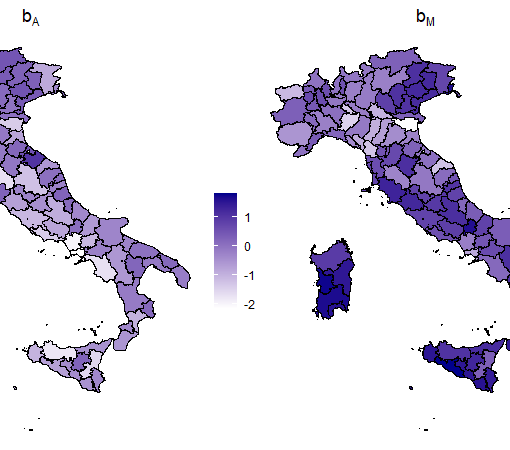A new MOX report entitled “Radiomics-based Inter-lesion Relation Network to Describe [18F]FMCH PET/CT Imaging Phenotypes in Prostate Cancer” by Cavinato, L.; Sollini, M.; Ragni, A.; Bartoli, F.; Zanca, R.; Pasqualetti, F.; Marciano, A.; Ieva, F.; and Erba, A.P. has appeared in the MOX Report Collection.
The report can be donwloaded at the following link:
https://www.mate.polimi.it/biblioteca/add/qmox/21/2023.pdf
Abstract: Advanced image analysis, including radiomics, has recently acquired recognition as a source of biomarkers, although there are some technical and methodological challenges to face for its application in the clinic. Among others, proper phenotyping of metastatic or systemic disease where multiple lesions coexist is an issue, since each lesion contributes to characterization of the disease. Therefore, the radiomic profile of each lesion should be modeled into a more complex architecture able to reproduce each “unit” (lesion) as a part of the “entire” (patient). This work aimed to characterize intra-tumor heterogeneity underpinning metastatic prostate cancer using an exhaustive innovative approach which consist of a i) feature transformation method to build an agnostic (i.e., irrespective of pre-existence knowledge, experience, and expertise) radiomic pro-file of lesions extracted from [18F]FMCH PET/CT, ii) qualitative assessment of intra-t! umor hete rogeneity of patients, iii) quantitative representation of the intra-tumor heterogeneity of patients in terms of the relationship between their lesions’ profiles, to be associated with prognostic factors. We confirmed that metastatic prostate cancer patients encompassed lesions with different radio-mic profiles that exhibited intra-tumor radiomic heterogeneity and that the presence of many radiomic profiles within the same patient impacted the outcome.




